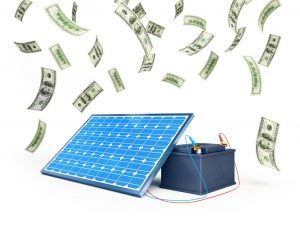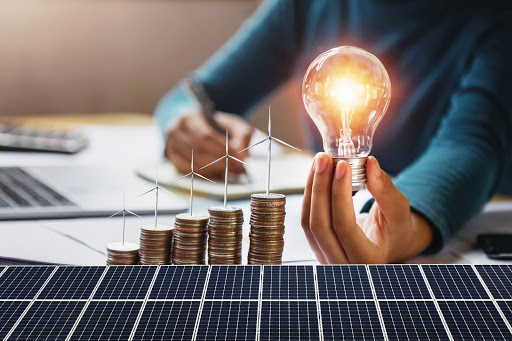When it comes to your utility bill, surprises are less than ideal. You want to understand and predict your monthly bill so you can budget accordingly. That’s why having an understanding of PG&E’s recent rate changes is so important. PG&E announced they will be switching from a tiered system to a time of use system. We’ll review what the PG&E rate changes mean for you and help you understand your options to keep your utility bill affordable.
Understanding the Tier System
The previous system PG&E used to bill their customers was called a tiered system. It was designed to charge customers based on the amount of energy they use during their billing cycle. To calculate the tiers, a baseline amount of energy was created. This is the energy expected to be used per household. This amount varies depending on where you live.
Tier 1 consisted of customers who use up to 100% of their baseline energy per month. Tier 2 consisted of those who used 101% to 400% of their baseline energy.
To see this in action, imagine that last October you used 100% of your baseline energy. You would have been charged a Tier 1 rate for that energy. The next month, perhaps after a cold snap, you used 110% of your baseline energy. You would have been charged the Tier 2 rate for the energy.
The Time of Use System
The time of use system bases utility rates on when power is used. Under this new system rates will be higher for energy used during high-demand periods. Periods considered ‘high demand’ include late afternoons and early evenings when the majority of people are home from work and school.
This means that customers like you can expect to see higher bills. Some experts estimate the average homeowner will see up to 19% higher rates under this system. For those who previously fell into the lower tier of energy use, the change will be even more dramatic.
Let’s say that you previously only used 70% to 80% of your baseline energy allotment. Under the tiered system, you would have been charged at the lowest rates available for your area. However, let’s say that your primary time of use was in the evenings. Under the new system, you will have higher rates because you are using energy during a high demand time of day. In a case like this, the rate changes could increase your power bill by up to 39%.
Options for Coping with Rate Changes
Going solar is a great way to minimize the effect this PG&E rate change will have on your wallet. Converting to solar power allows you to produce enough energy throughout the day to mitigate the cost of high-demand energy. With the existence of the solar investment tax credit and superior solar technology, the time has never been better to switch to solar power.
Don’t wait. Contact our solar power experts today and get started on your solar journey.




